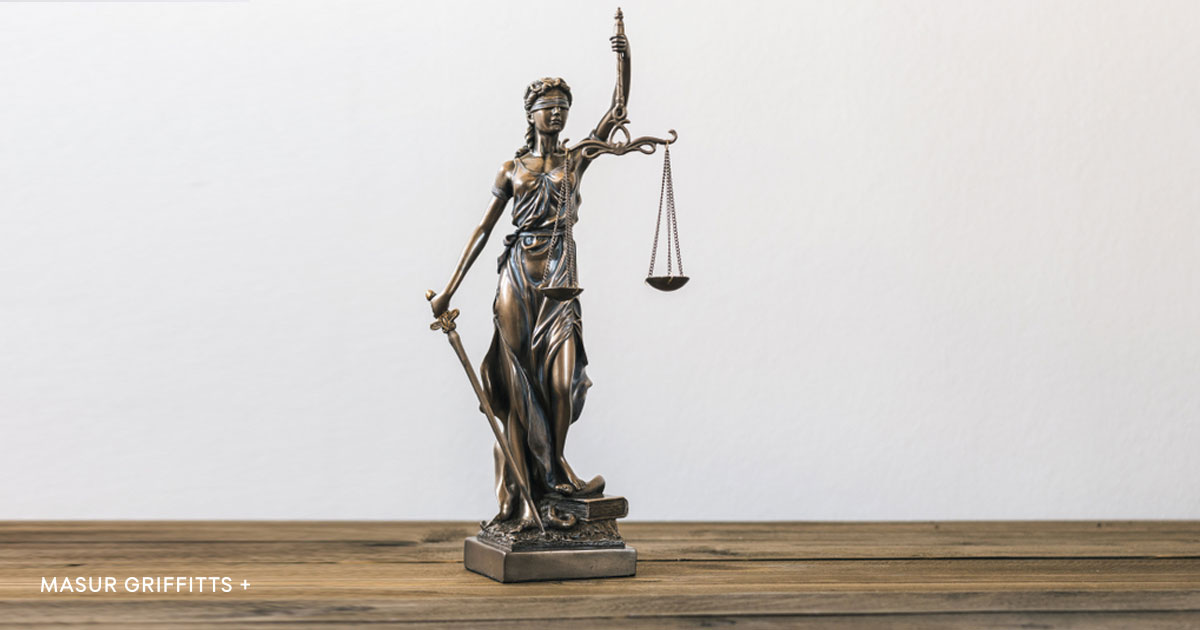Blockchain and Insolvency: How Blockchain Can Make Matters Easier for Creditors, Debtors, and Bankruptcy Courts
By: Rob Griffitts
Digital currencies on a blockchain ledger provide enormous flexibility when conducting commercial transactions. In the capital markets, lenders and borrowers can structure credit transactions at arms-length since the lending amount need not be examined by a financial institution.
On the other hand, if a prospective borrower obtains a loan and files for bankruptcy, a creditor might face trouble in recovering the principal on the loan he or she issued to the debtor. Debtors may attempt to circumvent repayment of loan principals by exploiting the current loopholes in the U.S. Bankruptcy Code pertaining to blockchain-based digital assets. These loopholes have put bankruptcy courts, U.S. Trustees, and estates in a precarious position, as these courts have struggled to compartmentalize digital assets, credit, and blockchain-based currency into a legal framework. This uncertainty, however, allows lawyers to provide bankruptcy courts, prospective lenders and borrowers, and perhaps Congress with a schematic for ascertaining repayment and streamlining bankruptcy proceedings.
The issue with blockchain-based resources in bankruptcy proceedings begins with how to identify these resources; the SEC and the CFTC have provided a starting point as they have, respectively, defined these resources as either monies or commodities. The problem amplifies, however, when a bankruptcy court incorrectly defines the resource at issue, which could effectively prevent the trustee or creditor from recuperating the full value of the resource.
Under 11 U.S.C.A. § 550(a) (the U.S. Bankruptcy Code), a trustee may recover the property transferred or if the court so orders, the value of such property. When the item transferred is currency, the trustee would be entitled to only the historical value at the time of the transfer; when property is transferred, however, the trustee would be entitled to receive the value of the property at the transfer date or the time of recovery, whichever is greater. The uncertainty in both the identification and valuation of these assets directly impacts how much—or how little—one might recover. For example, a Chapter 11 debtor whose primary asset is bitcoin may have sufficient assets to satisfy creditors in full one day, but the debtor may be insolvent the next.
Inevitably, this uncertainty creates some trepidation for prospective borrowers; blockchain, bankruptcy, and securities lawyers, however, should seize this opportunity to structure loan term sheets and credit arrangements for digital assets with two objectives in mind: 1) to put debtors on notice if debtors attempt to circumvent repayment by exploiting the loopholes in the U.S. Bankruptcy Code; and 2) to streamline potential in-court and out-of-court bankruptcy proceedings. Structuring these arrangements to address blockchain-related gaps in the law, such as asset valuation, identification, and ownership, are just several ways in which practitioners can help both creditors and debtors transact with reassurance and efficiency. The question, then, is how?
First, if the debt contract or credit arrangement between the creditor and debtor involves a digital asset, the contract must have a rigid classification of whether the asset will be qualified as a “currency,” “security” or a “commodity.” This classification, moreover, should include the valuation and timing mechanics of U.S.C.A. § 550(a) to place a floor and limit on the amount at issue. If a dispute based on this contract or arrangement were to make it to court, the lawyers for the parties at interest have eliminated tasking the court with this responsibility, as a distorted classification or valuation of the resource at issue may leave a party with either an insufficient recovery or a potential windfall.
Second, during due diligence, the lawyers for both parties must emphasize access to a blockchain ledger for the parties at interest so they can: 1) validate transactions and ownership of assets simply by accessing the blockchain ledger; 2) track any manipulation or transfer of these assets; 3) create a qualifying bid schematic for any potential asset sales; and 4) structure an outline for claims administration prioritizing lenders in the order, and amount, which they lent. This structure would allow trustees and fiduciaries to track assets more efficiently than fiat money, as digital assets on a blockchain ledger are incorruptible. This structure would also be more cost efficient than it would be for tracing fiat money, as gaining access to bank documents in the event of a bankruptcy proceeding may significantly delay the process.
Lastly, to avoid the fear of fraud, Bankruptcy Rule 2004, Section 341 allows for a meeting of creditors and examinations where a trustee will examine a debtor’s assets, liabilities, and bank records—a meeting of this nature should be implemented into the debt contract and subject any potential fraudulent debtor to consequences, either civil or criminal, if a debtor materially omits a fact in the representations and warranties phase that is later uncovered in a bankruptcy proceeding. While debtors may be apprehensive to agree to this provision at first, it substantially deters the possibility of a debtor circumventing repayment based on fraudulent representations.
Although courts have yet to peg a uniform definition to blockchain-based digital assets, that does not mean that financing arrangements involving these assets must stall. In fact, practitioners should use this gap to their advantage since it creates an opportunity to provide creditors, debtors, bankruptcy courts, trustees, and fiduciaries with reassurance through a flexible, digital-asset based credit and lending agenda.
***
We would like to thank Armando E. Martinez for his contribution to this article.









